A Traveller Whodunnit: Murder on Arcturus Station
Adventure 11: Murder on Arcturus Station
J. Andrew Keith
Game Designer’s Workshop (52 pages, $5.00 digital, 1983)
Murder on Arcturus Station is a classic adventure module published by GDW for the first edition of the popular science fiction role-playing game Traveller. The adventure embroils the players in a murder mystery, and one of the hallmarks of this adventure is the ability to alter the murderer and the means every time it is played.
While the early days of role-playing game adventures did not emphasize making the referee’s (Traveller’s term for dungeon or game master) set up task easy, at least in contemporary terms, Murder on Arcturus Station does require more initial set up, preparation, and involvement by the referee. This is because of the flexibility and replay-ability of the adventure:
Thus, instead of providing many specific events, encounters, or other plot elements, this adventure is largely devoted to the presentation of source material from which the referee must build the specific mystery to be presented.
This should not frighten potential referees though, for this adventure is rich with possibility and a load of fun.
Set in the Solomani Rim area of Traveller’s default universe, the Third Imperium, the Arcturus Belt is a backwater system with a heavy mining industry. Arcturus Three is one of several space stations in the system. Though this is set in the Solomani Rim and the Arcturus system, it is easily portable to other locales that fits into an ongoing campaign’s location in the galaxy.
The adventure comes with eight pre-generated characters for the PCs. While these are provided statistics, little in the way of background or detail is provided, as is common for Traveller in that era. The referee can include this adventure as part of an ongoing campaign, but if they wanted to run it as a one-shot game, I would recommend starting a session with the players and rolling up a few characters using Traveller’s great character-building system or the referee should add a bit more fluff to the pre-generated characters (or roll up his or her own).
A few pieces of equipment potentially pertinent to the adventure are provided: thumbprint lock, waste disposal chute, flashtray (used to destroy items), stress detector, and truth drug. Rules for using them are include in the descriptions.
The adventure kicks off with the PCs having just completed a mission:
The job had been a hard one, but the adventurers had pulled it off. The missing ore carrier belonging to Lamarck Minerals, LIC, had been discovered deep in the Arcturus Belt, and a plot by disgruntled employees to steal the vessel and flee the subsector was uncovered and nipped in the bud.
The referee can either construct a pre-adventure to support this, take the setup as is, or find an alternative reason to be in Arcturus and expecting payment from Lamarck Minerals. The PCs are expecting to get paid by Ringiil Urshukaan, the manager for Lamarck Minerals in Arcturus. Quite a bit of payment in fact: 50,000 credits.
As the players wait for a meeting with Urshukaan, they overhear a loud argument where Urshukaan’s life is threatened. The players do not see who is arguing. At this point in time, the referee’s pre-game set up determines with whom the Urshukaan is arguing. As the argument escalates, guards escort out the individual, who the players see but do not know.
After the argument, the players meet with Urshukaan in his office:
Urshukaan is in a foul mood after his bodyguards eject the quarrelsome person and conduct the adventurers into his temporary office. Hot-tempered and impatient, Urshukaan’s red face and heavy breathing show how upset he was with the previous visitor. He proceeds to take out much of his anger on the adventurers.
Urshukaan, a former army officer, demonstrates the type of person he is quickly, revealing why nine suspects will be in play. Part of the hook in getting the players into the game is that Urshukaan says the party failed the previous mission on some technical detail and uses a clause in their contract that strips the players of pretty much the entire 50,000 credit payment. The players are dismissed with little chance of satisfaction. A few hours later, they learn that Urshukaan’s body has been found in his office and that murder is suspected.
The station manager (a representative of the local government and not Lamarck Minerals) meets with the players and outlines her dilemma. Arcturus Three is one station in the system, and because of the type of government and the arrangement with the mining corporations, the only local law enforcement are three days away at best. Additionally, interstellar transport ships only arrive and depart every few days. One has just left (before the players could meet with Urshukaan) and the next is not set to arrive for five days. Thus, the murderer is on the station. The station manager does not trust the corporate police to handle the investigation properly. Additionally, she is friends with the Vice President of Operations at Lamarck and can help secure those credits that Urshukaan denied—for help in solving his murder. The set up helps ensure the party takes the task on.
The heart of this adventure is the investigation of the murder, and the author provides a whole chapter giving the referee the information needed to choose a suspect, the clues associated with that, red-herrings, and so on. The recommendation is from the pool of nine potential suspects, the referee use three to base the adventure around. The adventure includes guidance on increasing complexity of the crime. The adventure even accounts for one of the players being the murderer.
The steps for setting up the crime are straightforward. The referee
- Selects the murderer,
- Selects other suspects,
- Creates the timetable, and
- Adds additional clues.
The book provides details for each suspect, some of which is public and some of which is private,including motive, a couple of means for committing the crime, potential alibis, and what is called “reaction data” — that is, how they react to questioning. Does the suspect become hostile? Does he or she double-down? Does he or she admit they lied? In full or partially? The authors supplements these reactions with two tables: one for suspects and one for the murderer. For the suspects, their responses relate to their own view of the murderer. This can be from having their own suspect to not caring. The murderer table, however, is how the killer responds to being found out or nearly so — from attempting to kill anyone suspecting them to confiding their guilt in another. As a referee myself, I opt to pre-plan the escalation the murderer takes — killing or attempting to kill someone who was getting too close to the truth or as a distraction intended to frame an alternative suspect.
Both tables can assist the referee in interweaving significant complexity into the overall story. However, the tables are broad and serve as guidance versus proscriptive instructions.
In each case, relationships should be set up carefully to make the interaction smooth, logical, and, above all, real.
The author notes that the tables, the backgrounds, and so on are all intended as guidance. The referee is free to add, subtract, and alter the tables, suspects, and other details. That said, the referee should pay attention to these adjustments to help ensure a coherent crime and story.
Special instructions are given for a PC murderer. One nifty feature is that the after the referee and player have established the clues (true and false) — likely through a one-on-one role-playing session—the referee secretly picks from the set of clues to include in the adventure. In other words, this leaves the PC murderer unsure what clues he or she has left behind until they are discovered, prompting impromptu responses during the adventure.
The chapter “Investigating the Crime” covers the likely lines of inquiry and provides rough guidelines to handle them. The forensics section discusses the lack of fingerprints. The thinking behind that being because retinal scanning is far more reliable, the notion of using fingerprints for identification is not commonly practiced (at least in systems with a high enough technology level). Thus, the players lack access to tools and equipment for gathering fingerprints — unless they think of that thumbprint scanner mentioned inthe equipment list, which the referee should insert into the narrative early on.
Written in the 1980s, the writers did not account for the use of DNA in forensic science. If the referee wishes to update the scenario to include that, he or she will need to account for suspect DNA at the scene of the crime. Perhaps ensure several suspects have visited Urshukaan’s office. Or the referee can keep the retro-science fiction feel of late 1970s and early 1980s science fiction.
Conducting interviews with suspects is one of the main ways the players are likely to seek information, and this adventure puts in some simple mechanics to help support that. Each suspect has a set of reaction modifiers. When being questioned, the referee rolls 2D6 and then adds in any relevant modifiers. A result less than the reaction value means an uncooperative response. For example, when Oojan M’Banke, a miner who has been making threats against Ursukaan, is queried about his background, a roll of 2 or more indicates he is cooperative. But when asked about his alibi, the roll needs to be 8 or higher. Die modifiers include a -6 if the players confront him with the truth but a +4 if the players are hostile. Other die modifiers are detailed, and they differ from suspect to suspect.
A whole chapter is devoted to the victim, Urshukaan. Most of this material is either known to the PCs or discoverable through routine computer checks, news reports, or asking around. Detailed descriptions of Urshukaan’s room and office allow the referee to set the scene for the players along with ensuring she has accounted for potential evidence. Was a knife used? Or was it poison? The referee can hide some of Urshukaan’s background on his computer, requiring checks to circumvent the Lamarck security system — either straight hacking or other methods detailed in the chapter.
The chapter titled “The Suspects” dives into the potential suspects. From the already mentioned M’Banke to Urshukaan’s mistress to an undercover investigator trying to get information for a lawsuit. And others. All include stats and skills, along with the information concerning Means, Motive, and Alibis.
This adventure could be easily adapted and run with later editions of Traveller. Playing the adventure using Mongoose Publishing’s editions is the most straightforward, requiring negligible adjustment from a mechanics standpoint. If a referee were to use Traveller5 rules, she would face a bit more effort to account for that edition. Even then, the adaptation will be light. The referee is likely going to want to use better maps and visuals. Murder on Arcturus Station uses simplistic, black-and-white maps wholly within the expectations of the time. In particular, upgrading Urshukaan’s office and room map would be a referee’s first choice, but this is in no way required. The adventure can be run using the provided maps or conducted using only in the theater of the mind.
Prior to playing the adventure, a referee and the players will want to ensure they are all comfortable with violence, particularly domestic. Urshukaan abuses his lover and suspect Katharine Xuan, the result of which the players will see. If the players are comfortable with this in the game, then the adventure is ready to go as is. If the players are not comfortable with this or the referee wants to adjust that detail, including Xuan’s motive, this is easily accomplished within the structure of the adventure. The key is to ensure the players and referee have set their expectations.
Murder on Arcturus Station is an exciting, flexible, and classic adventure that can be run and enjoyed all these decades later, whether using the classic Traveller rules or more modern editions. While requiring a bit more prep work by the referee, the results are worth it.
Patrick Kanouse encountered Traveller and Star Frontiers in the early 1980s, which he then subjected his brother to many games of. Outside of RPGs, he is a fiction writer and new convert to war gaming. His last post for Black Gate was Reviving the Rich History of Traveller. You can check out his ongoing, play-by-post, referee-less Traveller game at basiliskstation.blogspot.com. Twitter: @patrickkanouse. Facebook: www.facebook.com/patrickkanouse
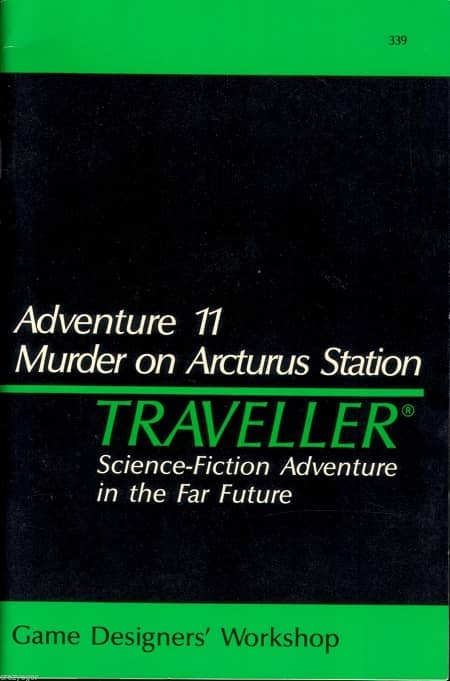
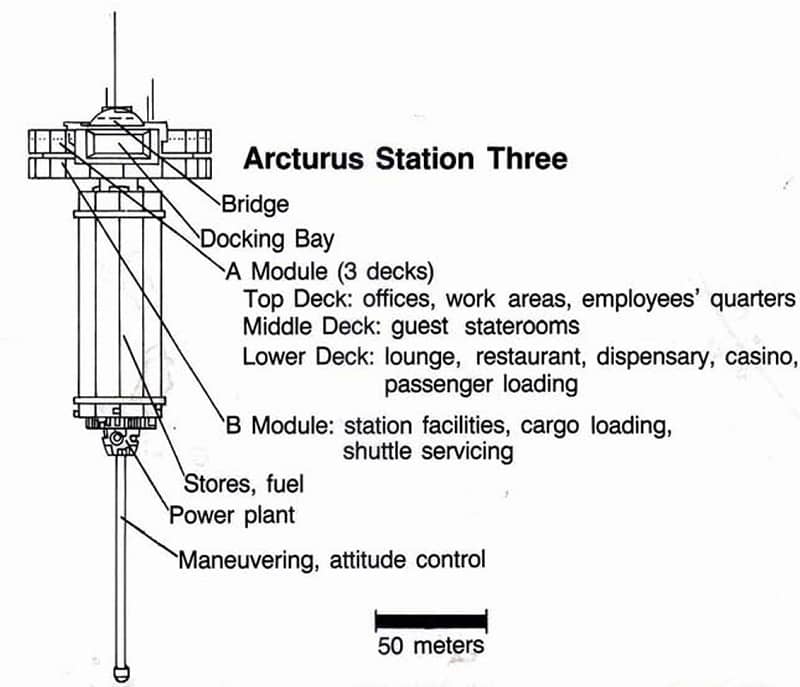
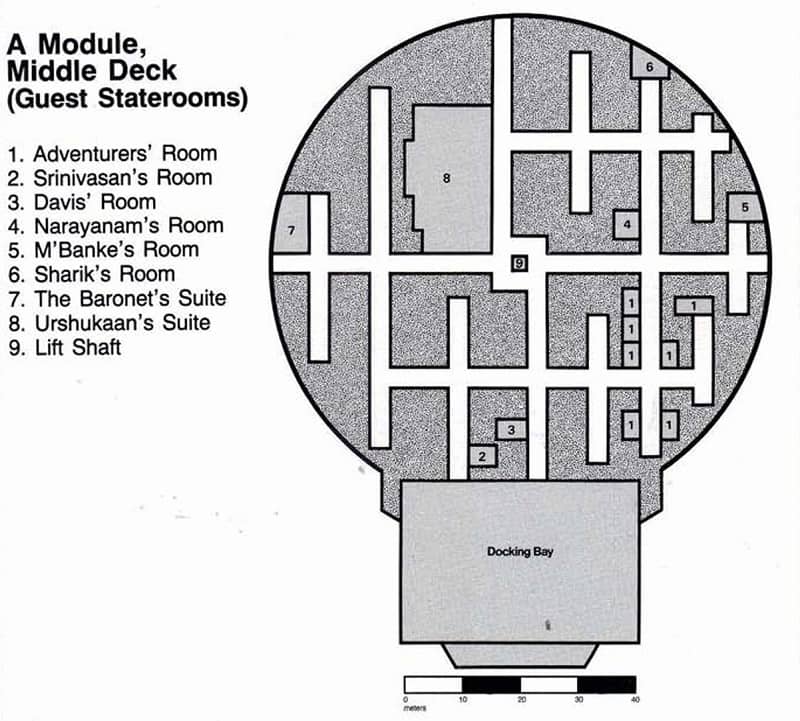
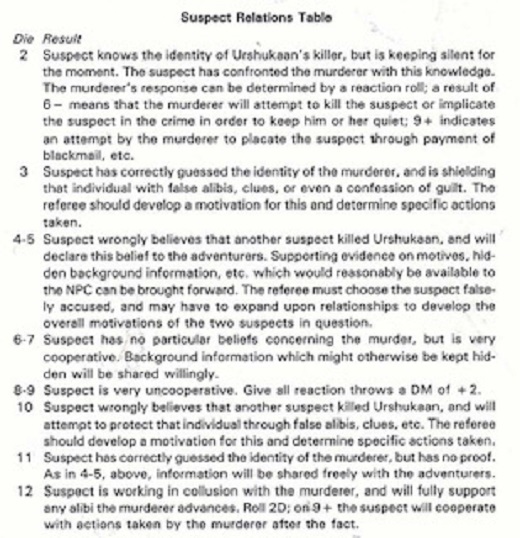
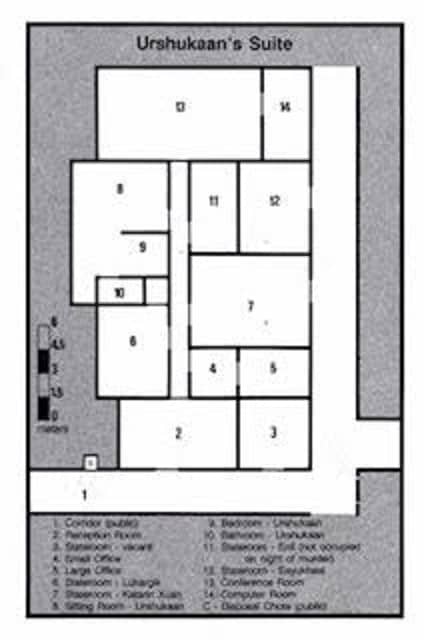
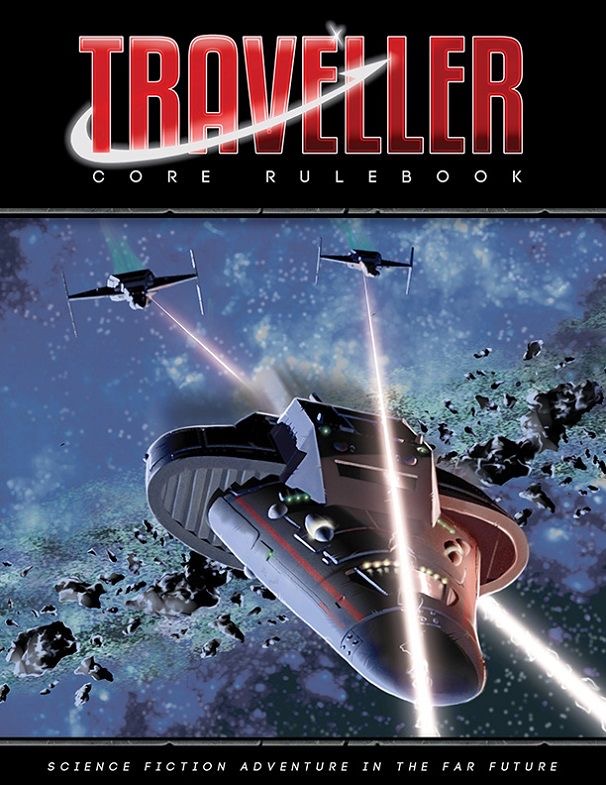
J. Andrew Keith and his brother William did an amazing amount of good writing for Traveller and other RPGs in the 1980s. I have not read any of their fiction, but I have read (even without playing) many of their scenarios, worldbooks, and game supplements. Andrew left us too soon (1999, age 40).
They did an enormous amount of amazing work for Traveller, so much so, that they wrote under pseudonyms to make it seem like they didn’t write whole issues of the Journal of the Travellers’ Aid Society. I find it quite awe-inspiring frankly. They are a constant source of inspiration. Yes, Andrew left us too soon.
I had no idea so much of the content of the Journal was generated by just two guys! :0
And so much of it is so good.